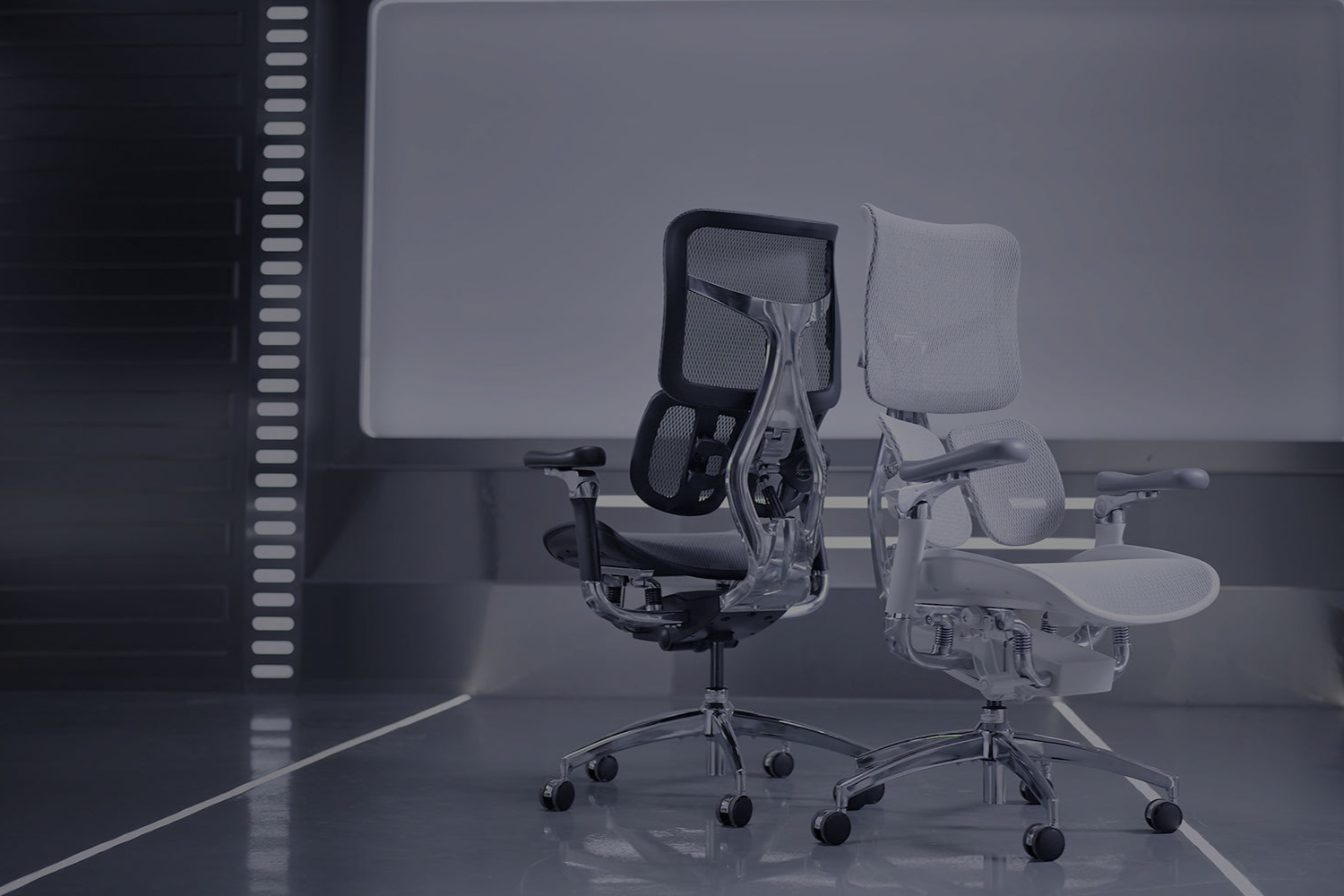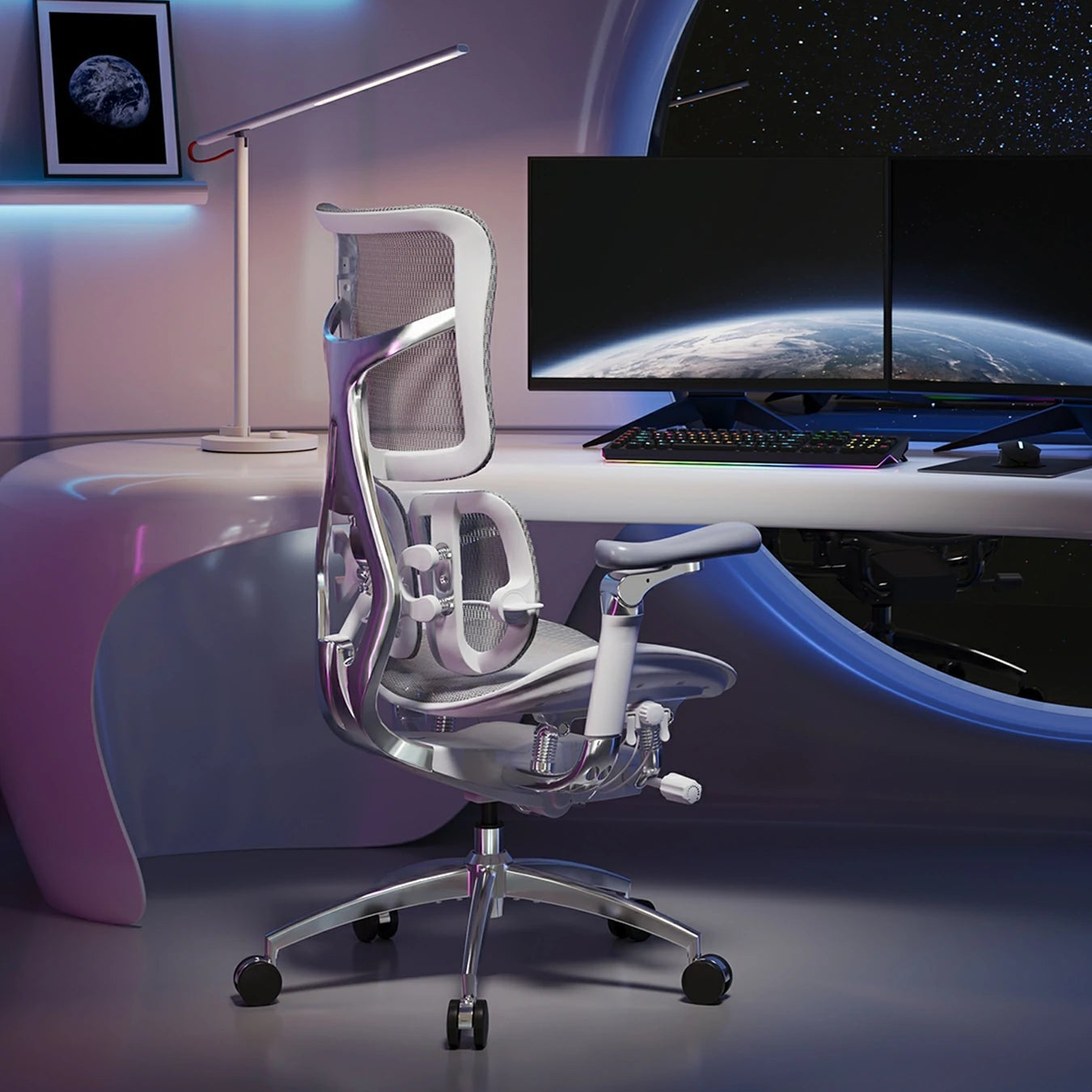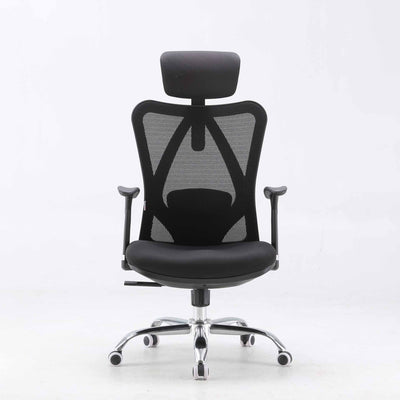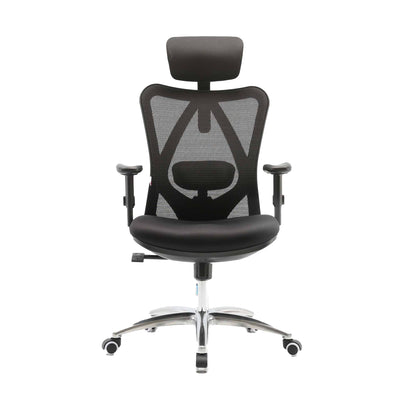
Burnout is one of the most common struggles in modern life, especially as people search for balance across work, family, and even part time work from home jobs. Many ask: how long does a burnout last? The answer depends on several factors, including lifestyle, awareness, and the steps you take to recover.
What is Burnout?
Burnout is a state of physical and emotional depletion that goes far beyond simple tiredness. It affects motivation, concentration, and even decision-making. While exhaustion is part of everyday life, burnout isn't something you can fix with a weekend off or a quick nap. It often requires serious reflection and structural lifestyle changes.
Furthermore, the World Health Organization classifies burnout as a syndrome stemming specifically from chronic workplace stress. This definition highlights that burnout is work-related rather than a general malaise. Because of this, the concept of burnout carries weight in workplace mental health conversations. It's important to address it before it takes over entirely.
What Are the Common Signs of Burnout?
The signs of burnout often emerge slowly, leaving many people unaware until the situation escalates. You might notice fatigue, irritability, and detachment creeping in. These feelings can gradually replace motivation and joy, affecting both work and personal life. Recognising the early signs of burnout is essential to start the recovery process.
Equally important, burnout symptoms may include physical symptoms such as headaches, muscle tension, or digestive issues. These often develop alongside emotional exhaustion, creating a cycle that's difficult to escape. Since burnout happens gradually, the signals can be subtle, but ignoring them carries a higher risk of burnout later.
Symptoms of Burnout vs. Everyday Stress
Stress and burnout often overlap, but they are not the same. Stress is typically short-term and connected to a specific stressor, such as a deadline or presentation. Burnout, however, is a prolonged condition that wears down both physical and mental strength. Understanding the difference allows people to manage stress before it escalates.
Moreover, symptoms of burnout tend to linger regardless of rest. A night's sleep may help you recharge after stress, but it will not relieve burnout. This persistence indicates a deeper medical condition. Recognising that burnout requires more than surface fixes is vital for recovery and long-term workplace mental health.
The Stages of Burnout
The stages of burnout don't arrive suddenly; instead, they creep in slowly and quietly. Burnout happens over time, beginning with subtle signals and building into more severe cases if left unchecked. Recognising that burnout is a gradual process allows you to intervene earlier and protect your long-term wellbeing.
- Early warning phase: Subtle hints emerge, including irritability, fatigue, and reduced motivation. These early signs of burnout are easy to dismiss but signal the beginning of potential decline.
- Escalation stage: Chronic stress develops, performance drops, and relationships suffer across work and personal life. This is where stress levels intensify, demanding urgent attention.
- Severe cases of burnout: If intervention is delayed, physical fatigue, emotional exhaustion, and even burnout and depression may appear. Such long recovery periods make healing harder.
- Final observation: Burnout is a gradual process. The earlier you recognise and respond, the more likely you'll reverse damage and protect wellbeing.
How Long Does It Take to Recover from Burnout?
How long does it take? The honest answer varies. Some individuals improve within weeks, while others may need months or even years. Recovery can take longer if burnout has gone untreated for a significant period. What's crucial is not comparing your progress with others but focusing on sustainable changes.
So, long it takes to recover depends on severity, support, and willingness to adapt. In severe cases, the recovery period stretches further, as mental and emotional health take time to mend. Understanding that recovery from burnout is personal reduces pressure and helps maintain consistent healing.
What Does It Take to Recover from Burnout?
To take to recover, you must start with rest. Time away from work, reduced working hours, and lessened workload are key. However, simply resting won't fully recover your energy without lifestyle changes. Self-care practices and intentional choices provide the deeper healing necessary for sustainable improvement.
Additionally, building a reliable support system ensures you don't navigate burnout alone. A psychologist or mental health professional can provide tailored guidance, while friends and family offer encouragement. When you seek support, you create space for growth and accountability, reinforcing your recovery process in meaningful ways.
What Happens If You Don't Recover from Burnout?
If burnout isn't addressed, the damage multiplies. Long burnout stretches can spiral into depression, creating a dangerous overlap that complicates recovery. Depression often prolongs the recovery process, requiring more intensive interventions and increasing the emotional toll on individuals and families.
In fact, ignoring burnout may cause lasting harm to physical and mental wellbeing. Untreated burnout can lead to burnout syndrome, where chronic mental and physical fatigue dominate daily life. Severe cases hinder professional and personal relationships, limiting opportunities and damaging overall workplace mental health.
How to Recover from Burnout: First Steps
If you're experiencing burnout, the first step is acknowledging the problem. Many professionals deny its impact until their energy collapses. Recognise that burnout demands action, not avoidance. Taking this moment to accept reality allows you to take a step back and assess what needs to change.
Then, start small. Taking regular breaks, scheduling rest, and making space for reflection all support the recovery process. While these actions might seem basic, they set the foundation for bigger adjustments. It's important to remember that burnout recovery rarely happens overnight. Instead, recovery can take steady progress over time.
Coping with Burnout in Daily Life
Coping with burnout requires daily effort. Rather than waiting for complete relief, focus on manageable work adjustments. This may involve healthier sleep patterns, balanced meals, or spending more time outside of work activities. Even small practices can reduce stress and improve resilience in the face of ongoing challenges.
Equally, you must set boundaries to shield yourself from new stressors. Reducing excessive workload or negotiating flexible working hours can protect against further deterioration. Coping strategies like mindfulness, exercise, and journaling create space for emotional release. These reinforce work-life balance, helping individuals navigate their recovery with strength and focus.
Burnout Recovery Strategies to Try
When considering strategies to try, begin with the basics: rest, nutrition, and gentle exercise. These physical steps support mental health and replenish depleted energy. Combining them with hobbies or meaningful activities outside of work strengthens overall recovery.
Furthermore, workplace adjustments are essential. Since burnout due to work and personal pressures is common, employers must also play their part. Supportive environments, fair workload management, and open communication help employees recover from burnout and maintain work productivity. With the right changes, individuals can fully recover and flourish.
Seeking Help from a Psychologist
A psychologist can help you recover by addressing both the emotional and physical challenges of burnout. Therapy offers coping strategies tailored to your lifestyle and needs. This guidance becomes invaluable, especially when burnout may feel overwhelming or unmanageable.
Moreover, a mental health professional ensures burnout you're experiencing is assessed accurately. Therapy provides tools to manage stress, reframe thought patterns, and gradually rebuild confidence. For some, professional guidance marks the turning point in long recovery journeys, making it easier to sustain improvements and prevent burnout recurrence.
Burnout Syndrome and Workplace Culture
Burnout as a syndrome shows how deeply work-related pressures shape our wellbeing. High workload, long working hours, and lack of boundaries all lead to burnout across industries. Without cultural change, the recovery process becomes much harder for individuals.
Therefore, workplace mental health initiatives are crucial. Employers who promote self-care and support employees can reduce stress levels across teams. More importantly, they lower the risk of burnout within their organisations. When companies invest in healthy cultures, everyone benefits - from leadership to frontline staff.
What Does It Feel Like to Experience Burnout?
To experience burnout is to live with a constant drain on your energy and spirit. You may feel detached, disinterested, and hopeless. This state of physical and mental exhaustion impacts every part of your daily routine, making even simple tasks feel monumental.
Alongside this, burnout can occur with physical symptoms like headaches or sleep disturbances. The mental and emotional weight compounds over time. Eventually, you may find yourself feeling exhausted most days, unable to connect with work and personal life as you once did.
Why Am I Always Feeling Exhausted?
If you're always feeling overwhelmed or tired, burnout may be the root cause. Emotional exhaustion, stress levels, and chronic stress often interact, draining your energy further. Instead of blaming yourself, recognise that burnout happens to many hardworking individuals across industries.
Often, physical and emotional exhaustion comes from neglecting work-life balance. Stress and burnout feed into one another until fatigue dominates. The solution requires more than rest. You must reduce stress, set boundaries, and create long-term habits to protect your health and performance.
How Long Does Burnout Last if You Take No Action?
Left unchecked, burnout may stretch on for months or even years. Without intervention, the recovery process becomes increasingly complex, making long recovery almost inevitable. While some still manage work and personal life during burnout, the hidden cost is immense.
In severe cases, burnout within the body and mind can trigger medical complications. The recovery period becomes longer, and the ability to fully recover diminishes. Ultimately, long it takes to recover depends heavily on whether you act early and consistently.
How to Support a Loved One Going Through Burnout
When someone close is known as burnout, your support matters greatly. Encourage them to take a step back and seek support. Offering understanding rather than judgement can ease their journey and help them find healthier routines.
Additionally, practical help lightens their workload. Running errands, listening without criticism, or creating restful environments allows them to recharge. Your role in their support system strengthens their resilience, ensuring they feel less isolated during the recovery period.
Prevention: Reducing the Chances of Burnout in the Future
To prevent burnout, integrate self-care into daily life. Exercise, balanced nutrition, and mindfulness support workplace mental health. These habits improve energy, clarity, and overall resilience, reducing the chances of stress spiralling into burnout.
At the same time, employers must invest in healthier structures. By respecting working hours, offering flexibility, and encouraging taking regular breaks, they manage stress more effectively across teams. When both individuals and organisations act, the chances of burnout reduce considerably.
Ergonomics and Burnout Recovery - A Smarter Way to Heal
Finally, environment plays a crucial role in burnout recovery. Poor seating, physical fatigue, and discomfort exacerbate stress and burnout. By contrast, ergonomic seating supports the recovery process by reducing strain, enhancing posture, and improving concentration.
This is where SIHOO Australia stands out. Our gaming chairs and ergonomic office chairs in Australia feature adjustable lumbar support, breathable materials, and intelligent engineering. Perfect for work, study, or gaming, they promote physical and mental comfort. Trusted in over 100 countries, SIHOO helps Australians help you recover and maintain long-term productivity.













